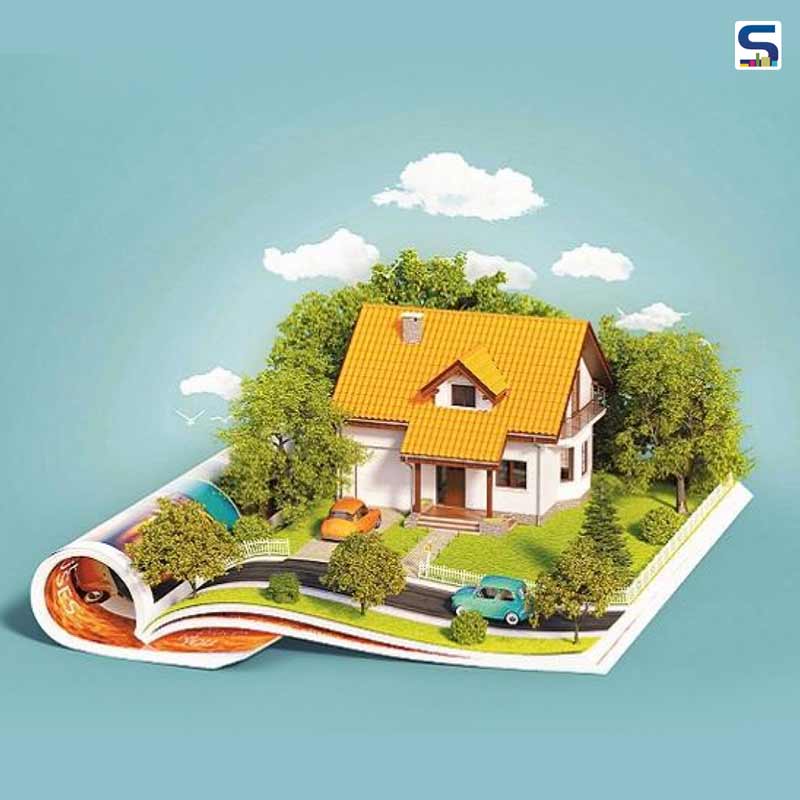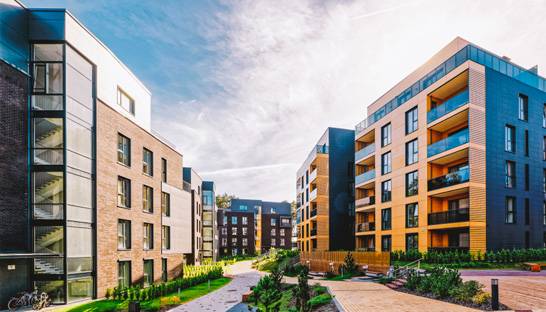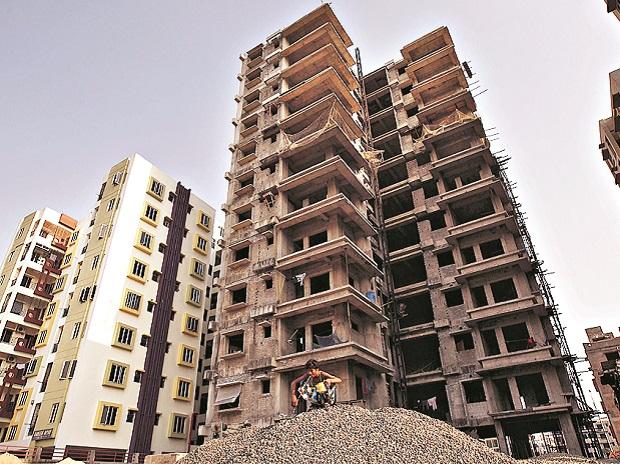
The lockdown last year made potential home buyers revisit the importance of owning a home and the demand witnessed by residential real estate in 2020 has served as a catalyst in paving the way for the sector’s revival and development. However, there has been a growing consensus that the sector is witnessing recovery, with residential and commercial sectors growing at different paces. This recovery links to the shape of the alphabet – ‘K’, in terms of recovery nomenclature. This means the larger, more financially stable and organised real estate players would recover faster than anticipated, while the weaker developers could see the end of the road, leading to their exit. Mr. Bijay Agarwal, Managing Director of Salarpuria Sattva has shared a detailed perspective on how the real estate sector is poised for a strong recovery, and how the integration of technology in newer constructions will transform the industry in the coming future. Read on:
Also Read: Real estate Recovery to Pre-Covid level only after 2023 | CRISIL | SR News Update

Recovery outlook of Residential sector
The projects equipped with Work from Home and School from Home spaces, are preferred by the buyers today. Consumers today prefer well-designed architecture, equipped with uncluttered spaces and offering a range of recreational spaces. This trend has helped reputed brands in their sales during pandemic and to stay afloat even in these challenging times. Also, owing to the initiatives taken by the Government, such as extension in project completion dates by six months beyond the lockdown period, reductions in interest rates, and relaxing of credit conditions by banks and financial institutions, the Indian real estate sector should be back on track a lot sooner than anticipated.
Increase in demand in Tier 2/ Tier 3 cities: The pandemic compelled many people to move back to their hometowns. This “reverse migration” drove the sales of residential projects in Tier-II and Tier-III cities.

The bigger cities also saw a boost in residential absorption. This was driven by factors such as a cut in Stamp Duty by some states (Maharashtra and Karnataka), and low home-loan rates. Additionally, attractive payment schemes have also provided further stimulus to the sector. The home/holiday-home ownership pattern has also become popular among consumers as well.
Recovery outlook of Commercial sector
The workstation layouts in offices of most businesses will have to be modified, to adhere to the norms of social distancing. Clients and developers are both working on renovating and reutilizing the office spaces.

Design will play a pivotal role in this re-development of spaces; trends of co-working/ hybrid/ flexible models are expected to spruce up, as there will be a significant shift in employee ratio, with flexible remote working opportunities.
Also Read: An Approach Towards Solar Passive Methods in Architecture by Architect Bhavik Mehta and Suhas Toshniwal
Conclusion
As consumers continue to re-plan, realign and reassess investment strategies, demand is bound to move up, as owning a home has become very important once again. So, for developers, the action prevails in the residential space. Looking ahead, in the next quarter, sentiment for the residential space remains more positive than the commercial segment. We can see marked improvements in newer developments, and a tech-enabled approach which could well transform the industry in the long term.

This is an authored piece by Mr. Bijay Agarwal, MD, Salarpuria Sattva.
Keep reading SURFACES REPORTER for more such articles and stories.
Join us in SOCIAL MEDIA to stay updated
SR FACEBOOK | SR LINKEDIN | SR INSTAGRAM | SR YOUTUBE
You may also like to read about:
Boom expected in Noida real estate with Microsoft & Adani | SR News Update
Architect Deepankar Sharma Suggests Ways To Enhance The Living Environment For the Residents at Kumbharwada | Dharavi | Mumbai
and more...